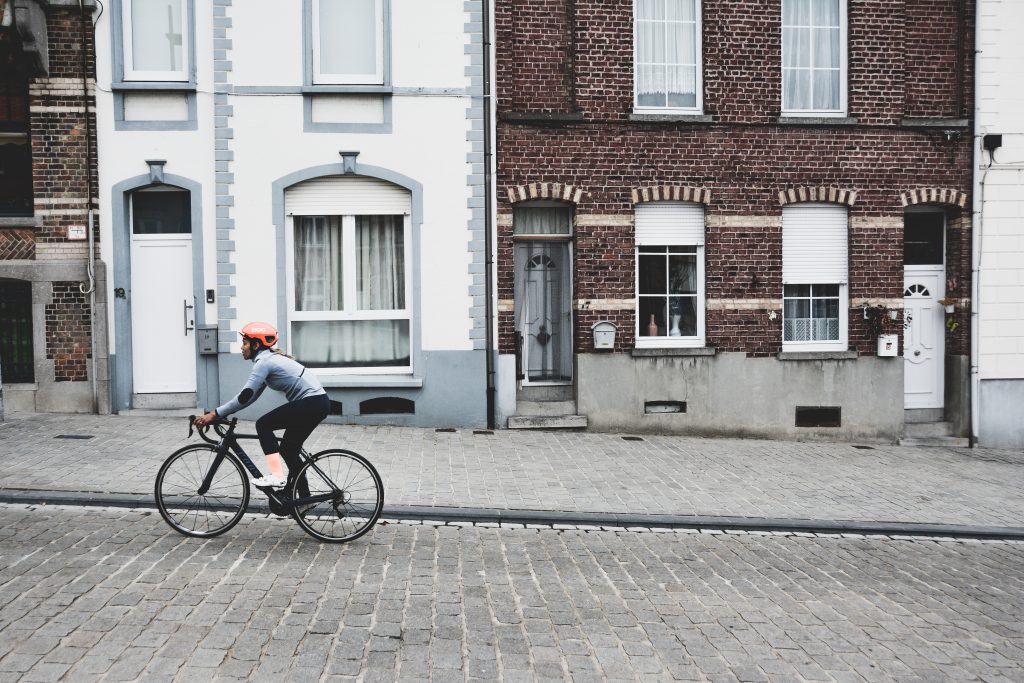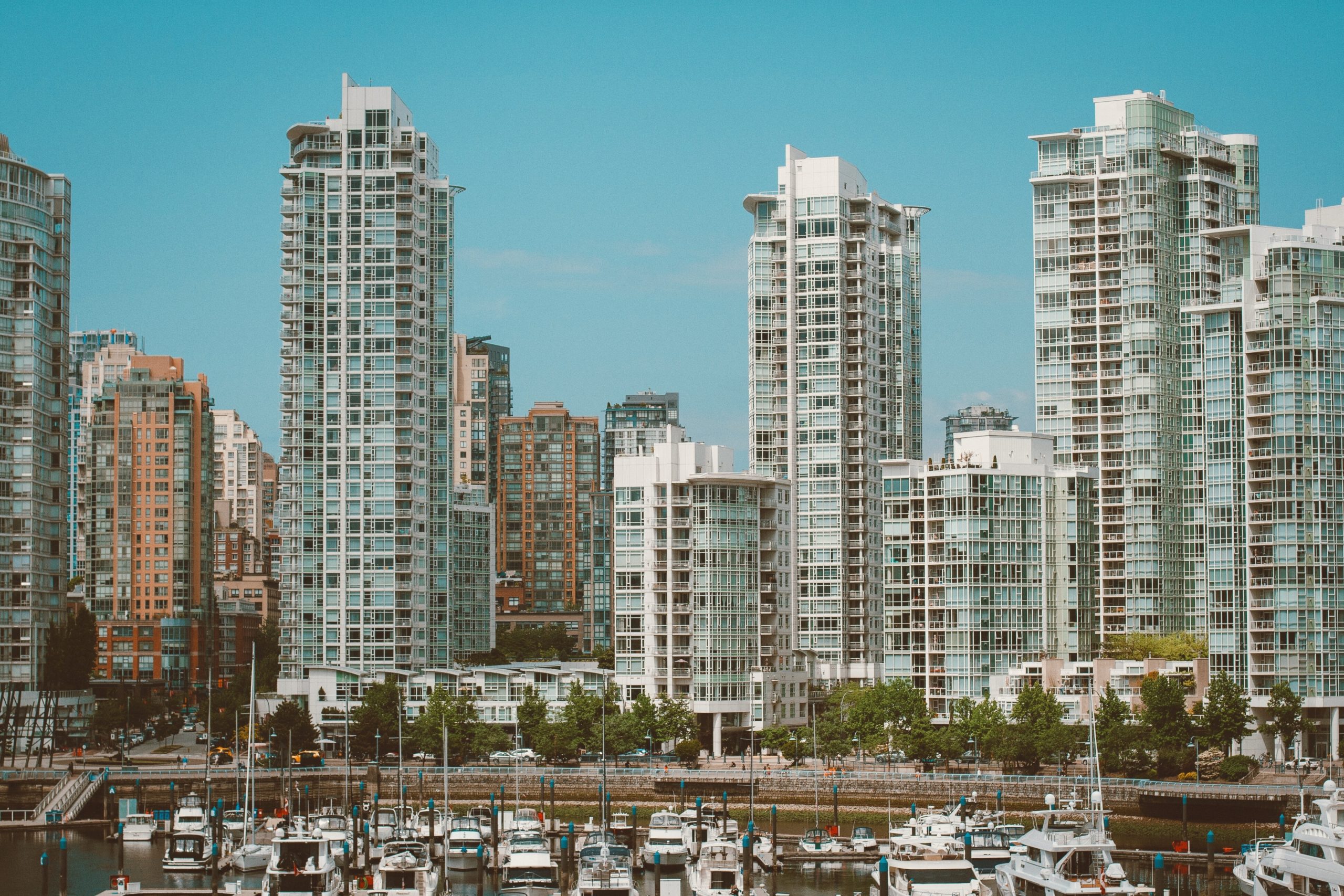A moment of pause can be time for reinvention. If your destination has experienced issues stemming from visitor pressure, including overcrowding, pollution, weakening infrastructure, or a loss of social license for tourism, this may be the moment to change. Consider how your destination marketing organization (DMO) can lead resident-supported initiatives that make lives better for both locals and visitors.
Here are six ways destinations are already reimagining and reinventing themselves.
1. Rethinking mass tourism models
With the global travel industry paused, many cities are rethinking their current tourism approaches. Ischgl, a skiing town in the Austrian Alps, is focusing on reducing party tourism and prioritizing the ski community in response to the area’s extensive coronavirus (COVID-19) outbreak. Venice, a city overwhelmed by visitor pressure, is considering measures to counter its worst effects, including limiting the number of visitors entering the city and building a climate change research centre.
2. Investing in sustainability
Many destination leaders are taking stock and rethinking their priorities. The European Commission is looking towards a more sustainable future, including focusing on more eco-friendly accommodation and travel options. Touting 2021 as the European Year of the Rail, the commission is prioritizing rail travel over aviation and promoting local tourism.
The Caribbean, which is experienced in crisis response, also has sustainability goals. In 2018, Destination Think led The Rhythm Never Stops campaign, a region-wide effort with the Caribbean Hotel & Tourism Association (CHTA), the Caribbean Tourism Organization (CTO), and 26 member nations. The campaign let the world know that the Caribbean was open for business following hurricanes Harvey and Maria. Now, the CHTA is uniting with environmental leaders so they emerge from the COVID-19 crisis stronger, including investing in sustainable tourism education to protect their natural environment.
3. Making streets pedestrian-friendly
With the rise of personal transportation in the 20th century, many cities began prioritizing cars and shrinking pedestrianized spaces in the process. The health crisis is changing how many cities view their streets. In Seattle, a temporary measure to encourage physical distancing by pedestrianizing 20 miles of streets will become permanent. In Bristol, city leaders are currently drafting plans to pedestrianize the city’s historical centre. These drastic changes are likely to make a huge imprint on these cities’ identities for years to come and potentially open up new experiences for visitors.
4. Prioritizing cycling lanes
Without a vaccine or treatment for COVID-19, city authorities will need to consider commuting options that maintain social distancing. During March and April 2020, public transport usage has significantly decreased, with residents turning to cycling instead. In New York, there has been a 52% increase in ridership compared to this time last year, and bike-share use in Chicago has doubled. Cities are responding accordingly: the United Kingdom is investing £250m for cycle lanes, while other destinations such as Budapest, Bogotá, Brussels, and Paris are mapping their cities to support cyclists. In particular, Milan is reimagining transit by dedicating 35km of road space for cyclists and pedestrians.

5. Addressing local food security
Faced with empty grocery aisles and food shortages, urban gardening programs are more important than ever. In response to this, the Canadian city of Brampton launched the Backyard Garden Program initiative, encouraging residents to grow vegetables in their backyards and reduce person-to-person contact in grocery stores. To accelerate progress, they are supplying locals with free soil and seeds and sharing gardening tips through online tutorials. Similarly, Singapore announced in April that the health crisis has accelerated the need for local food production, with plans to support farm production, as well as converting rooftop car parks into urban farms.
6. Supporting the arts
Beyond COVID-19, arts and culture will play an important role as we heal from the global health crisis and economic fallout. But where many places are slashing their arts budgets, others see it as an opportunity to back their artists. Melbourne, a city known for its art scene, has committed $2 million in grants to local artists. In a similar vein, Edinburgh is taking stock and addressing how its summer festival offerings have led to overtourism in the past. The city is considering measures to spread out future festivals in 2021.
The aftershock and devastation of COVID-19 will continue to shape cities’ psyches for years to come. The efforts taken now to future-proof destinations are integral as we reimagine the future of our cities and travel.
Support for your DMO
From Bermuda to California to Campbell River, our team helps tourism destinations respond to crises and work toward recovery with poise and confidence. Speak to us to learn about our collaborative approach to strategy, communications, and creative solutions or click here to send us your RFP.
Feature image credit: Nathan Shurr, via Unsplash









0 Comments